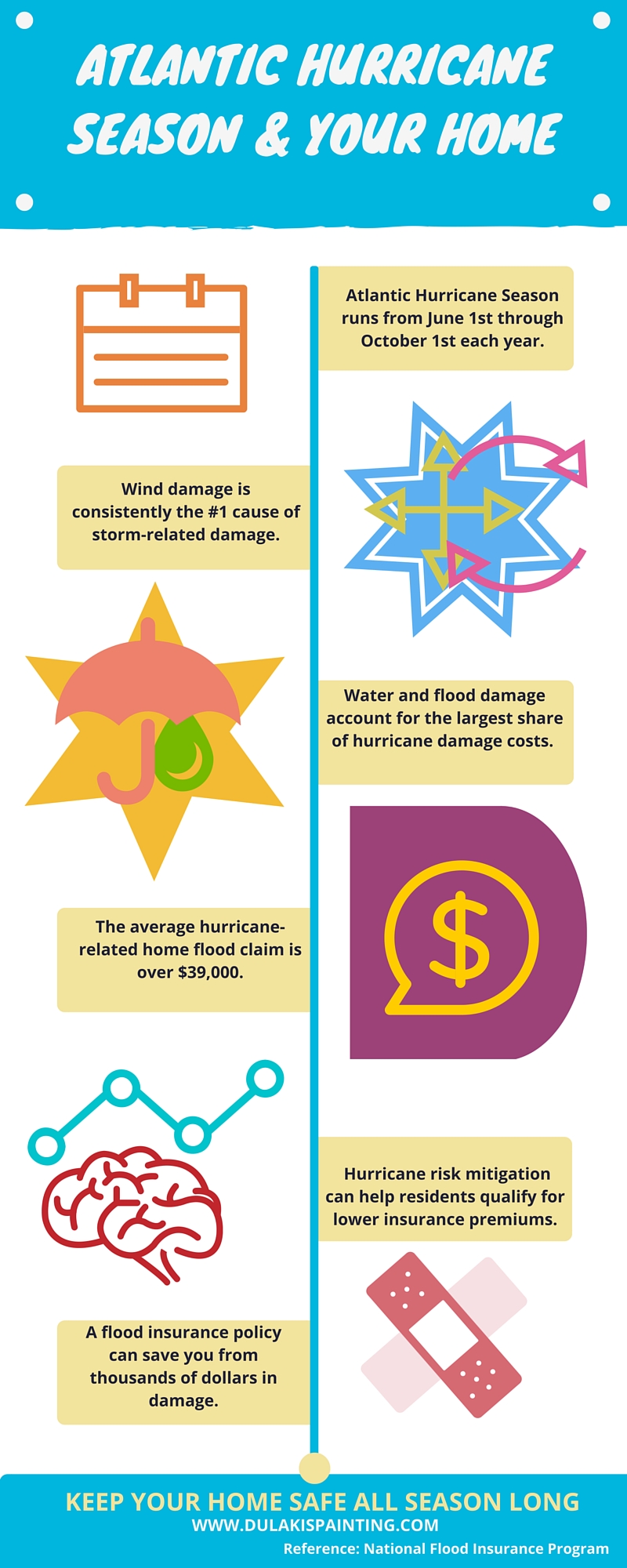Variables To Think About For Commercial Outside Painting By Period: Necessary Information You Need To Have
Variables To Think About For Commercial Outside Painting By Period: Necessary Information You Need To Have
Blog Article
Composed By-Ford Skafte
When you're planning a business exterior paint task, seasonal factors can make or break your results. You'll want to consider how temperature level and moisture effect paint application and drying out times. Choosing the ideal season can ensure your paint adheres correctly and lasts longer. However which seasons are really the best for this sort of work? Allow's check out the key elements that can affect your project's success.
The Influence of Temperature on Paint Application
When you're planning an industrial outside painting task, the temperature can dramatically affect exactly how well the paint adheres and dries out.
Ideally, mural painting companies intend to repaint when temperatures range in between 50 ° F and 85 ° F. If it's too cool, the paint may not treat appropriately, causing issues like peeling or fracturing.
On the other hand, if it's too warm, the paint can dry as well promptly, preventing appropriate attachment and causing an uneven coating.
You must also consider the moment of day; early morning or late afternoon uses cooler temperature levels, which can be much more positive.
Constantly check https://indoor-painters-near-me21008.p2blogs.com/34009135/vital-questions-to-address-before-employing-a-paint-service-provider for the details paint you're using, as they commonly give assistance on the ideal temperature level variety for optimum outcomes.
Moisture and Its Impact on Drying Times
Temperature level isn't the only ecological variable that influences your business exterior painting job; humidity plays a significant role as well. High moisture levels can decrease drying out times significantly, affecting the overall high quality of your paint task.
When the air is filled with wetness, the paint takes longer to cure, which can bring about problems like bad bond and a higher danger of mildew growth. If you're repainting on a particularly damp day, be prepared for extensive delay times in between layers.
It's critical to keep an eye on neighborhood climate condition and strategy appropriately. Ideally, go for outdoor painters in between 40% and 70% for optimal drying.
Maintaining these consider mind guarantees your task stays on track and delivers a lasting coating.
Best Seasons for Commercial Outside Painting Projects
What's the most effective season for your commercial external paint jobs?
Springtime and very early loss are usually your best bets. Throughout these periods, temperatures are mild, and moisture degrees are commonly reduced, creating suitable conditions for paint application and drying.
Avoid summertime's intense heat, which can create paint to completely dry also swiftly, causing bad adhesion and finish. In a similar way, winter's chilly temperatures can hinder proper drying and treating, risking the long life of your paint job.
Go for days with temperatures between 50 ° F and 85 ° F for ideal results. Keep in mind to inspect the regional weather report for rain, as wet conditions can ruin your project.
Planning around these aspects guarantees your paint task runs efficiently and lasts much longer.
Conclusion
In conclusion, planning your commercial external painting jobs around seasonal considerations can make a considerable distinction in the outcome. By organizing work throughout the optimal temperature levels and humidity levels, you'll guarantee much better adhesion and drying times. Bear in mind to keep an eye on local weather report and select the correct time of year-- spring and early loss are your best options. Taking these actions will help you achieve a long lasting and expert surface that lasts.
